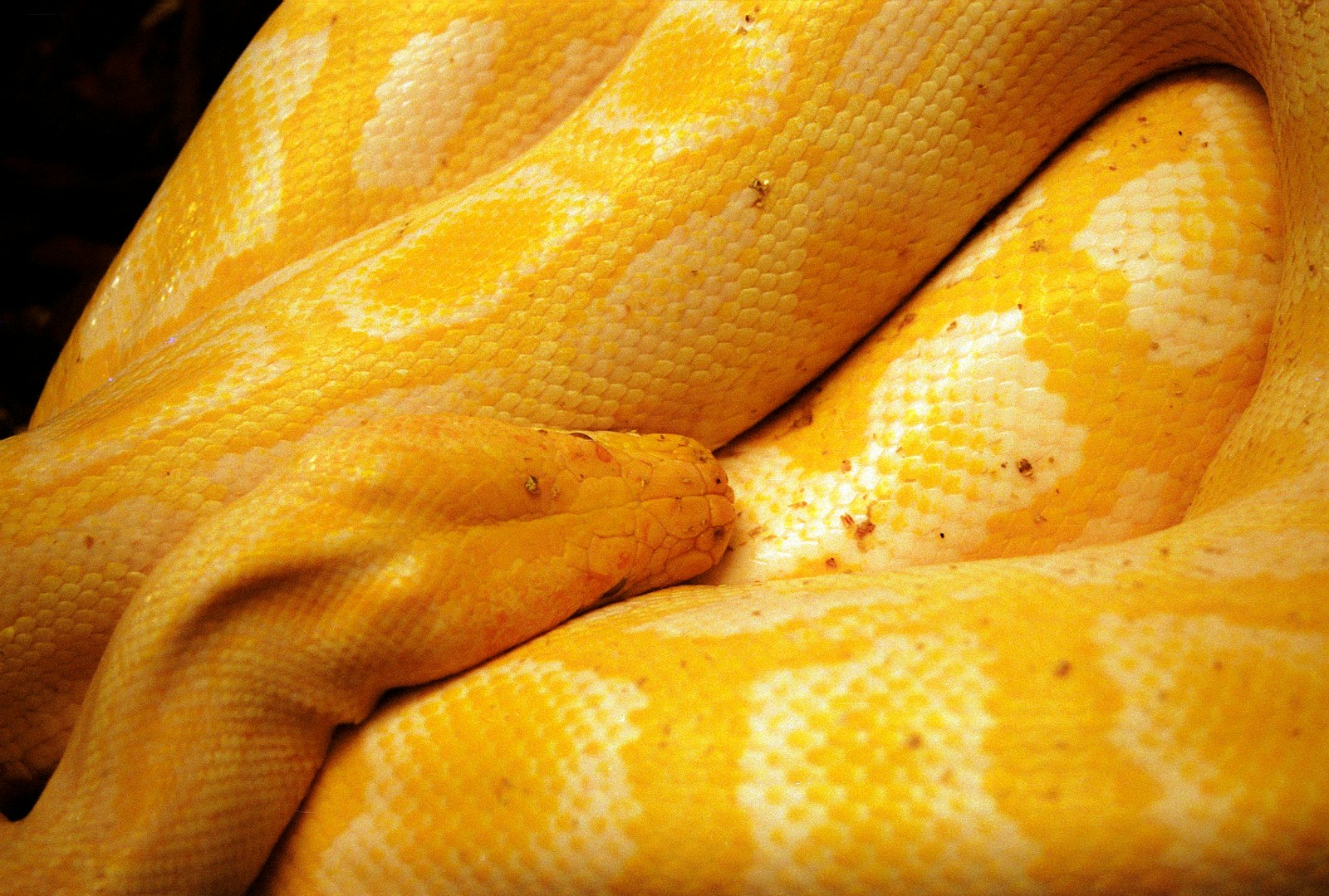In the darkness of the wilderness, a hiker’s flashlight beam might catch the reflective eyes of various nocturnal creatures—deer, raccoons, or foxes—glowing like eerie beacons in the night. Yet, despite our expectations, snake eyes rarely produce this same reflective phenomenon. This peculiar characteristic of snake vision has fascinated herpetologists and outdoor enthusiasts alike, revealing intriguing insights into snake biology, evolution, and their unique ecological role as predators. The lack of eyeshine in most snake species represents not a deficiency but rather a specialized adaptation shaped by millions of years of evolutionary pressures within their specific environmental niches.
The Science Behind Eyeshine: What Makes Animal Eyes Reflect Light
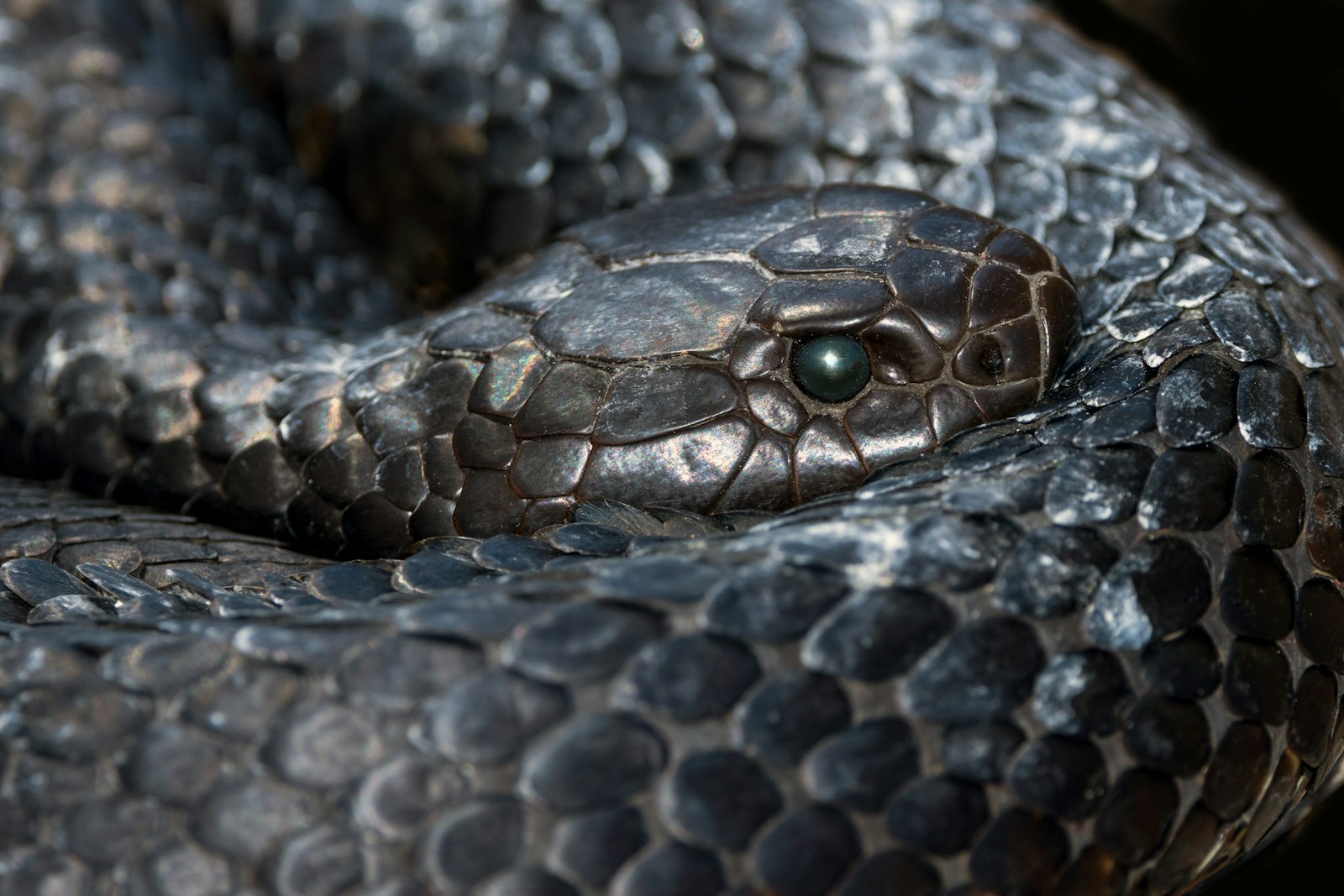
The reflective quality we observe in many nocturnal animals’ eyes stems from a specialized tissue layer called the tapetum lucidum, located behind the retina. This mirror-like structure reflects light that passes through the retina back through it, effectively giving photoreceptor cells a second chance to capture photons they missed initially. Functionally, this adaptation significantly improves night vision by increasing light sensitivity, allowing animals like cats and deer to navigate effectively in low-light conditions. The tapetum lucidum creates the distinctive colored glow we see when our headlights catch an animal’s eyes at night, with different species exhibiting characteristic colors ranging from yellow-green to blue-white depending on the specific cellular structure and pigments present in their tapetal tissue.
Snakes and Their Missing Tapetum Lucidum
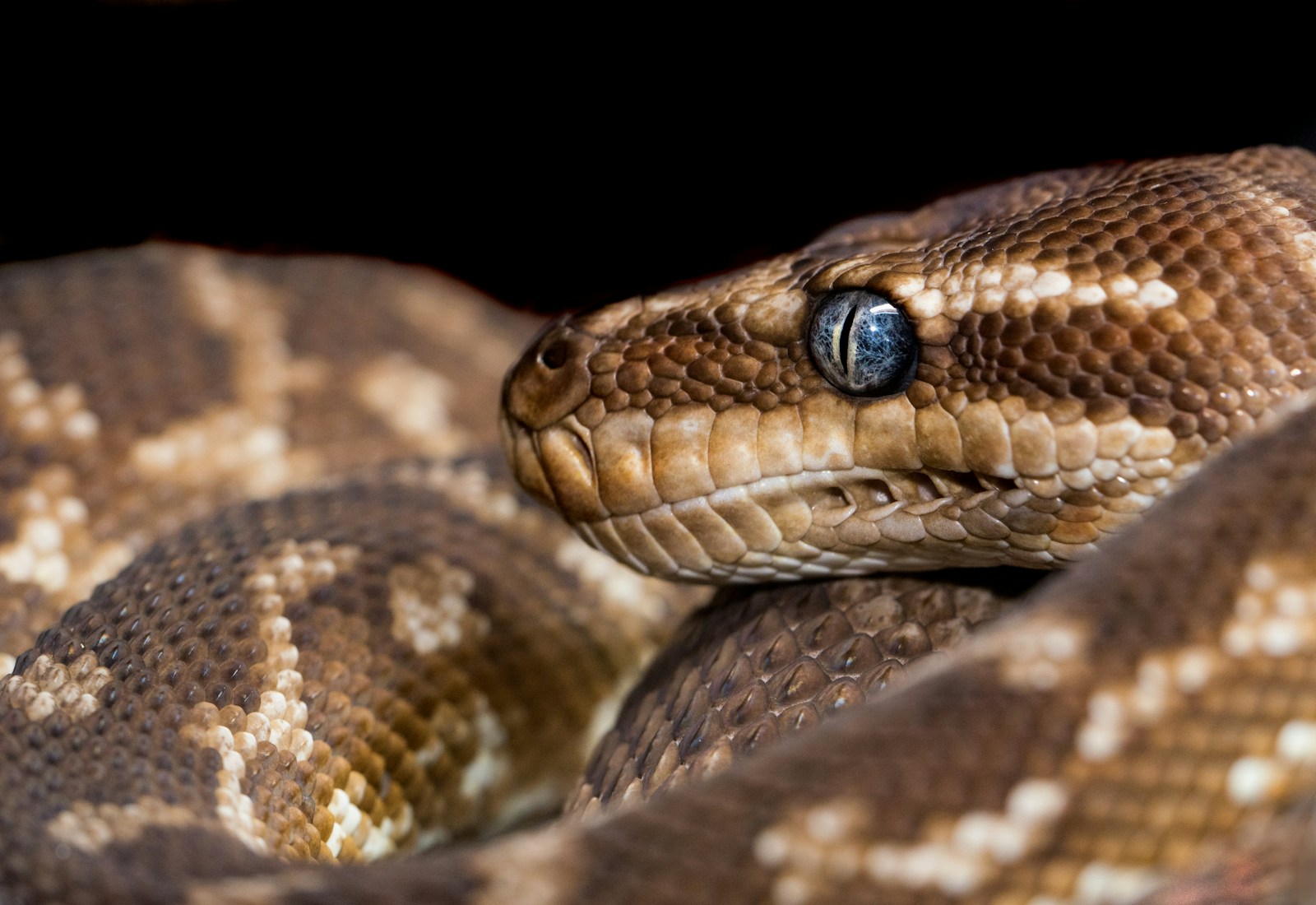
Unlike many nocturnal vertebrates, the vast majority of snake species lack a tapetum lucidum entirely, which explains their non-reflective eyes in darkness. This anatomical difference represents a fundamental divergence in visual adaptation strategy compared to mammals like cats or nocturnal birds. The absence of this reflective layer means that light entering a snake’s eye has only one opportunity to stimulate photoreceptors before being absorbed by pigment behind the retina. Evolutionary biologists believe this characteristic has persisted in snakes because their ancestral lineage never developed this structure, and their subsequent adaptations compensated through other sensory specializations. Even nocturnal snake species have evolved without this seemingly advantageous feature, suggesting they’ve developed alternative strategies for hunting and survival in darkness.
Evolutionary Reasons for Non-Reflective Snake Eyes
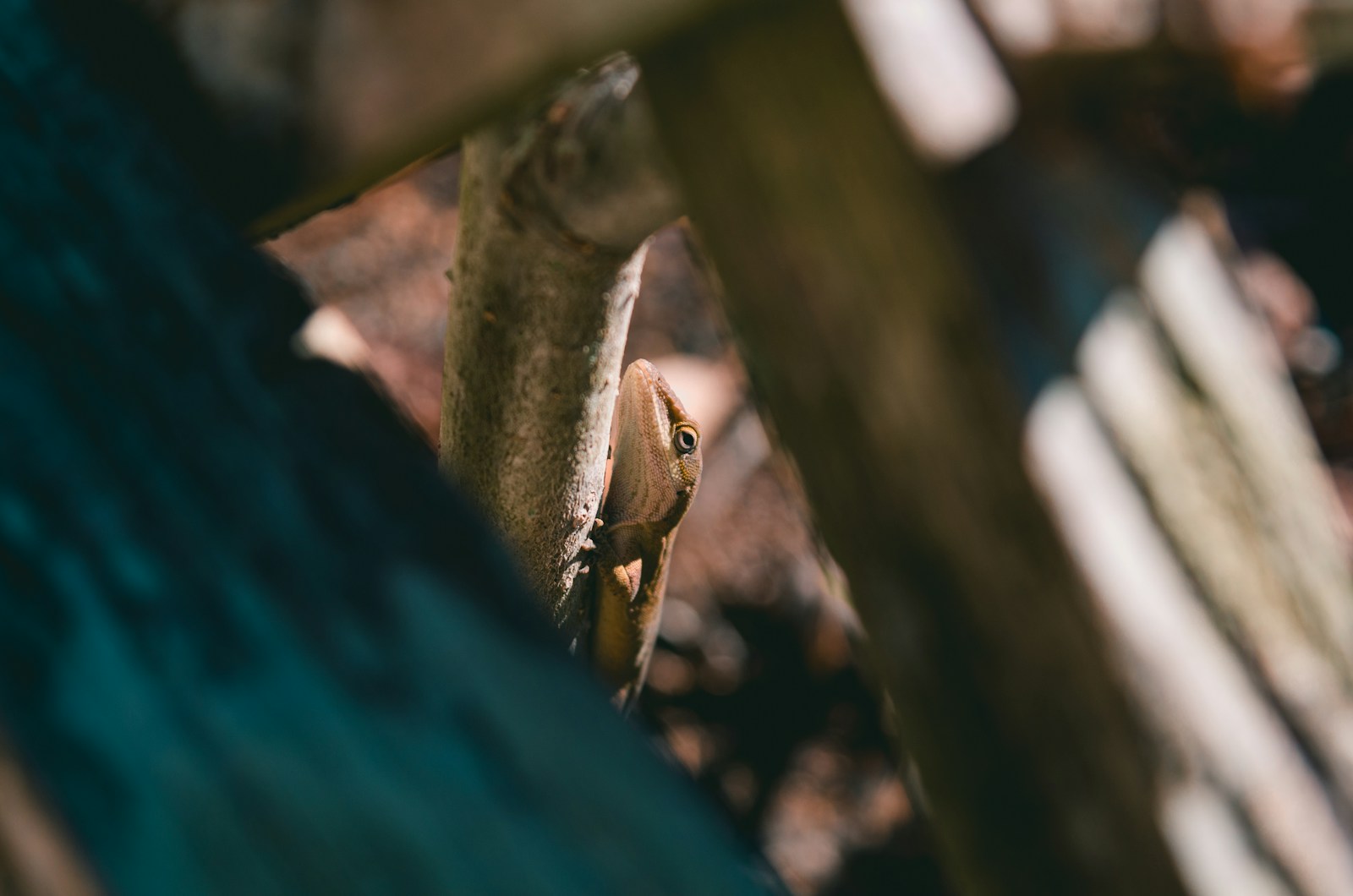
The evolutionary path that led to snakes lacking eyeshine likely relates to their ancient origins and hunting strategies. Snake ancestors diverged from other reptiles approximately 120-150 million years ago, developing along evolutionary trajectories that emphasized different sensory adaptations than those found in mammals. As primarily ambush predators, many snake species evolved to prioritize stealth over the enhanced vision that a tapetum might provide, as reflective eyes could potentially alert prey to their presence. Furthermore, many snake species transitioned through burrowing or subterranean phases in their evolutionary history where vision played a reduced role in survival and feeding, potentially explaining why this structure never evolved in the lineage. This evolutionary history demonstrates how natural selection can favor different solutions to the challenges of nocturnal existence across animal groups.
Pit Vipers: Seeing Beyond Light
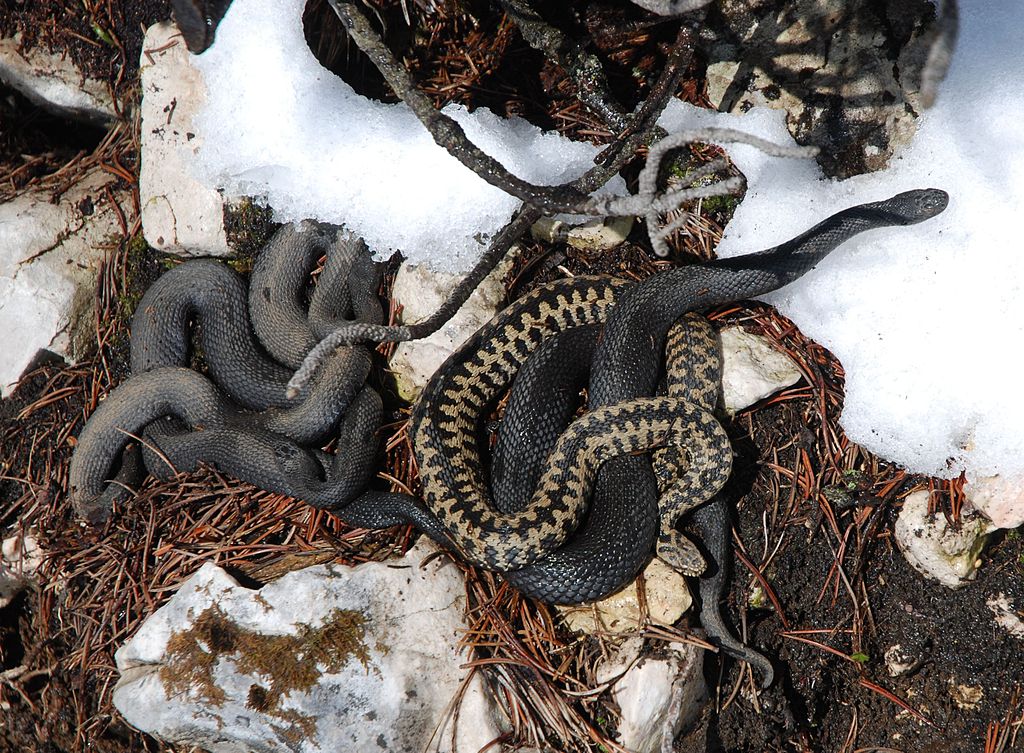
Pit vipers, including rattlesnakes, copperheads, and cottonmouths, represent a fascinating evolutionary solution to the challenge of hunting without reflective eyes. These specialized predators possess infrared-sensing pit organs located between their eyes and nostrils, allowing them to detect minute temperature differences in their environment. These remarkable organs can sense temperature variations as small as 0.003°C, effectively creating a thermal image that overlays with their visual perception. In complete darkness, these snakes can precisely strike warm-blooded prey using only these heat-sensitive pits, rendering traditional night vision adaptations like a tapetum lucidum unnecessary. This specialized sensory system allows pit vipers to hunt with deadly accuracy regardless of lighting conditions, representing a completely different evolutionary solution to the challenge of nocturnal hunting.
Boas and Pythons: Alternative Heat Detection

Similar to pit vipers but evolving independently, boas and pythons have developed their own sophisticated heat-sensing organs to compensate for the absence of reflective eyeshine. These snakes possess specialized heat-sensitive labial pits along their upper and lower lips, forming a network of thermal receptors that create a comprehensive thermal image of their surroundings. When hunting, this adaptation allows these constrictors to precisely locate warm-blooded prey even in complete darkness or when visual cues are limited. The convergent evolution of heat-sensing in these different snake lineages demonstrates how similar selective pressures can produce comparable adaptations through different anatomical structures. For these powerful constrictors, the ability to detect body heat proved more valuable than reflective eyes for their ambush hunting strategy, explaining why natural selection favored these specialized sensory organs over developing a tapetum lucidum.
The Exceptional Cases: Snakes With Limited Eyeshine
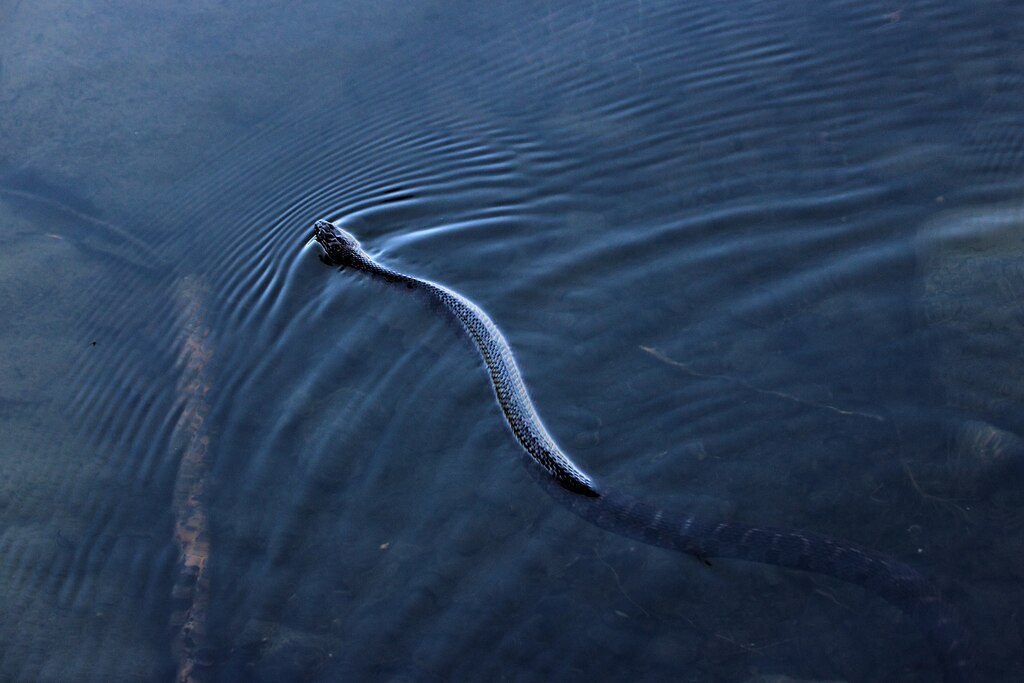
While most snakes lack reflective eyes, a few notable exceptions exist within certain specialized snake families. Some sea snakes and file snakes possess limited retinal reflectivity that can produce minimal eyeshine under specific lighting conditions. This partial reflectivity likely evolved as an adaptation to their aquatic lifestyle, where even small improvements in underwater vision could provide hunting advantages. Similarly, certain arboreal species like some tree boas may exhibit faint eyeshine, potentially providing advantages when navigating through dimly lit forest canopies. These exceptions highlight the complex interplay between habitat, behavior, and visual adaptation in snake evolution, demonstrating that even within a taxonomic group that predominantly lacks a trait, specialized niches can drive the partial development of that feature in response to specific environmental challenges.
How Snake Vision Actually Works

Snake vision operates quite differently from mammalian vision, with unique adaptations shaped by their predatory lifestyle. Most snake species possess rod-dominated retinas specialized for detecting movement and functioning in low light, even without the benefit of a tapetum lucidum. Many snakes have developed specialized optical adaptations like enlarged pupils that can dramatically expand in darkness, maximizing the light-gathering capacity of their eyes. Interestingly, snakes lack the ability to focus their eyes by changing lens shape; instead, they move the entire lens forward or backward within the eye to adjust focus. Additionally, visual acuity varies tremendously between species, with arboreal snakes generally having much sharper vision than their ground-dwelling counterparts, reflecting their need to accurately judge distances when moving through three-dimensional environments and striking at prey from branches.
The Role of Chemical Sensing in Snake Hunting

The absence of reflective eyes in snakes becomes less puzzling when considering their remarkable chemical sensing abilities that effectively compensate for any limitations in vision. A snake’s forked tongue serves as a sophisticated collection tool for scent particles, which are transferred to the vomeronasal organ (Jacobson’s organ) in the roof of the mouth for analysis. This chemosensory system provides snakes with detailed information about their environment, including prey location, predator presence, and potential mates. The precision of this sense is astonishing—snakes can follow chemical trails left by prey animals hours earlier, determine the direction of travel, and even assess the size and species of potential prey. For many snake species, this chemical sensing ability plays a far more central role in hunting than vision, explaining why evolutionary pressures may not have favored the development of enhanced visual adaptations like reflective eyes.
Vibration Detection: Feeling Their Prey

Beyond vision and chemical sensing, many snake species rely heavily on vibration detection to locate and track potential prey in darkness. A snake’s body, in constant contact with the ground, functions effectively as an extensive sensory surface capable of detecting minute vibrations transmitted through solid surfaces. This ability allows snakes to perceive the movements of nearby animals even without visual confirmation or direct scent contact. Some species have evolved specialized jaw adaptations that enhance this sensitivity by transmitting ground vibrations to their inner ear when they press their lower jaw against the substrate. This multi-sensory approach to hunting means that even in complete darkness, snakes can effectively triangulate prey location using a combination of thermal detection, chemical sensing, and vibration perception, rendering enhanced night vision less critical to their survival and hunting success.
Ecological Advantages of Non-Reflective Eyes

The lack of eyeshine in snakes may actually represent an adaptive advantage in certain ecological contexts, particularly for ambush predators. Reflective eyes could potentially reveal a snake’s position to prey or predators in low-light conditions, undermining their reliance on stealth and surprise. For species that hunt from concealed positions, waiting motionless for extended periods, remaining completely undetectable confers a significant predatory advantage. This stealth-based hunting strategy aligns perfectly with non-reflective eyes, as even momentary eye reflection could alert potential prey to danger. Furthermore, several snake predators, including owls and other nocturnal raptors, actively search for the reflective eyes of potential prey when hunting, making the absence of eyeshine a potentially life-saving trait for snakes navigating landscapes where they themselves may become prey.
Implications for Snake Encounters and Safety

The absence of reflective eyes in snakes has important practical implications for outdoor enthusiasts and wildlife safety. Unlike many nocturnal mammals that can be readily spotted by scanning with a flashlight for eye reflections, snakes remain effectively invisible to this detection method, requiring more vigilant observation techniques in snake-inhabited areas. Hikers and campers should be aware that traditional methods of detecting wildlife at night may not reveal the presence of snakes, necessitating additional precautions like careful path observation and appropriate footwear. For wildlife photographers and enthusiasts attempting to locate snakes at night, specialized techniques like looking for body shapes and movement patterns prove more effective than searching for eyeshine. Understanding this biological characteristic helps promote safer human-wildlife interactions while providing valuable insight into how to responsibly observe these fascinating reptiles in their natural habitats.
Research Challenges and Future Directions
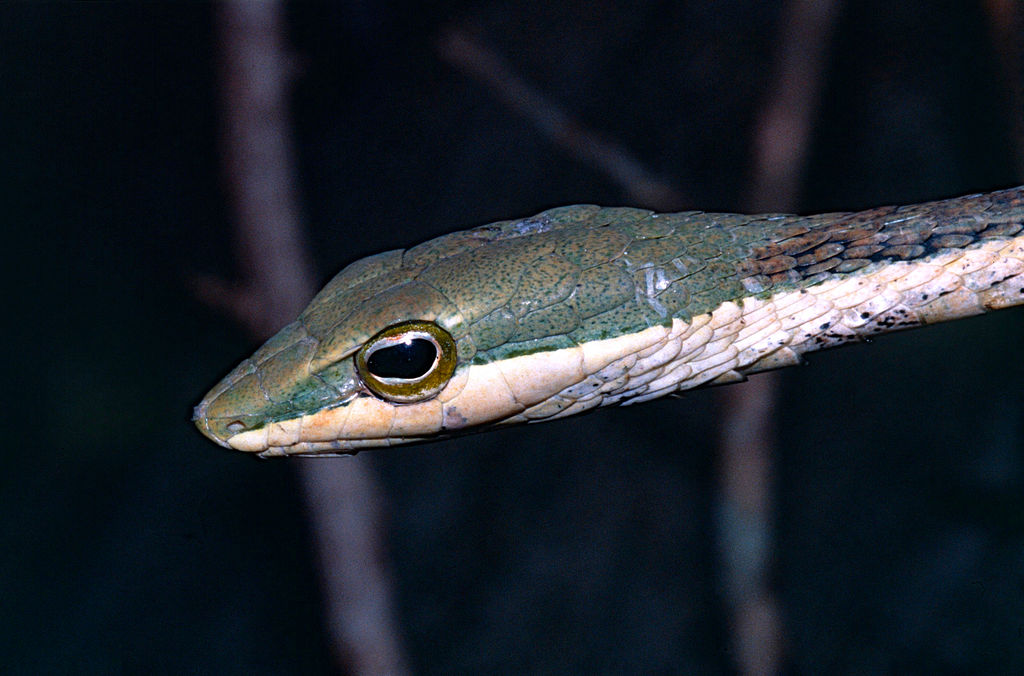
The study of snake vision presents unique challenges for researchers attempting to understand these specialized adaptations. The significant diversity among snake species—over 3,900 recognized species occupying virtually every terrestrial ecosystem—means that visual adaptations vary tremendously, requiring extensive comparative studies across multiple lineages. Recent advances in genetic analysis have opened new avenues for investigating the evolutionary history of snake vision, allowing scientists to identify genetic markers associated with different visual adaptations and track their development across the snake family tree. Future research directions include exploring potential correlations between specific hunting strategies and visual adaptations, investigating possible transitional forms of light-reflective structures in exceptional species, and conducting more detailed field studies of how different snake species navigate in varying light conditions. This ongoing research continues to reveal how snake sensory systems represent remarkable examples of evolutionary adaptation to specialized ecological niches.
Conclusion
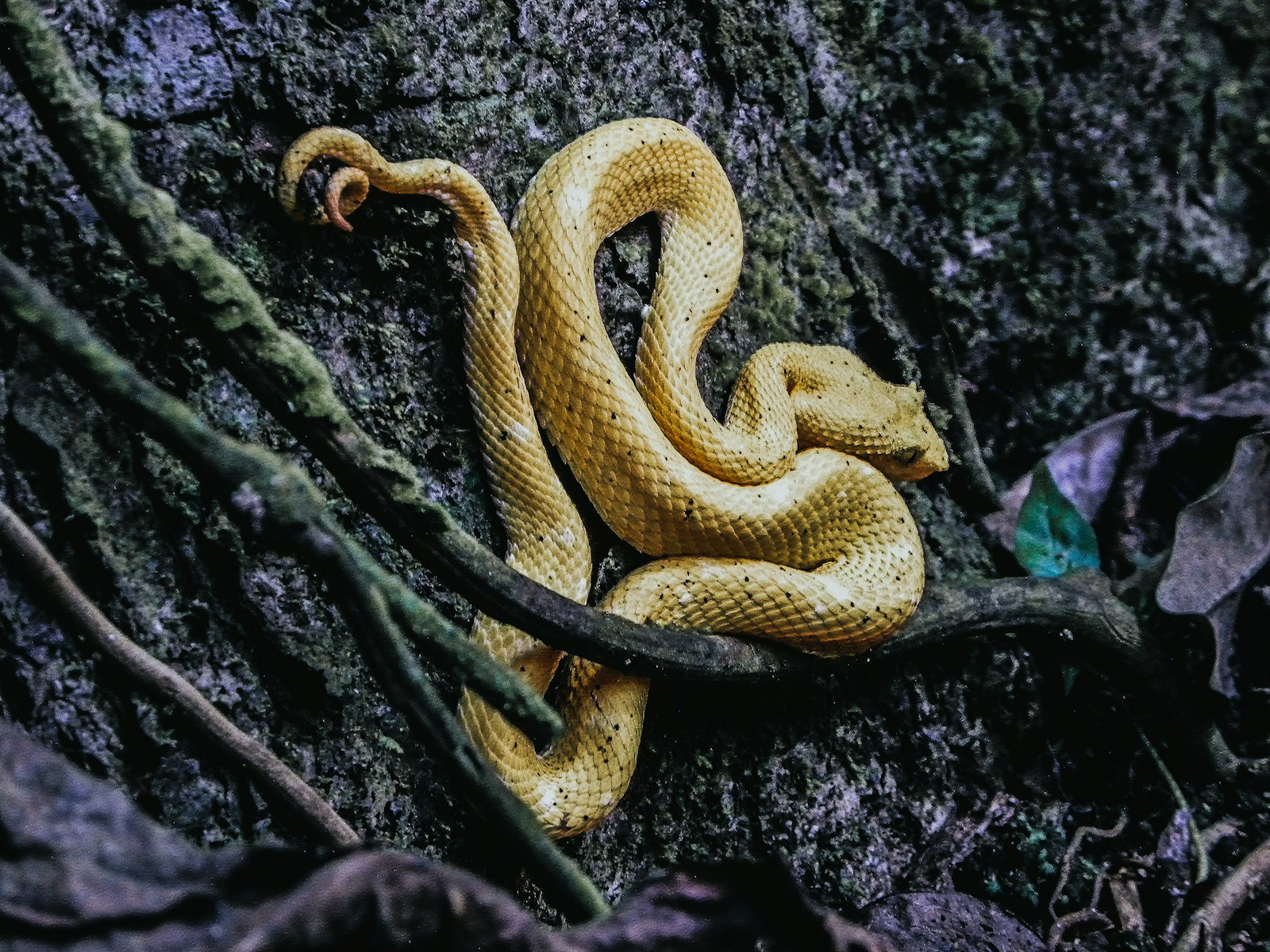
The absence of reflective eyes in snakes represents not a limitation but rather an evolutionary specialization that aligns perfectly with their unique ecological niche and hunting strategies. While many nocturnal vertebrates evolved a tapetum lucidum to enhance vision in darkness, snakes followed a different evolutionary path, developing sophisticated alternative sensory systems including infrared detection, advanced chemical sensing, and vibration perception. These adaptations not only compensated for the absence of reflective eyeshine but potentially provided advantages by enhancing their ambush capabilities through improved stealth. Understanding why snake eyes don’t reflect light at night offers fascinating insights into the diverse evolutionary pathways that different animal groups have followed to solve similar ecological challenges, highlighting nature’s remarkable ability to produce varied solutions to the fundamental challenges of survival.

